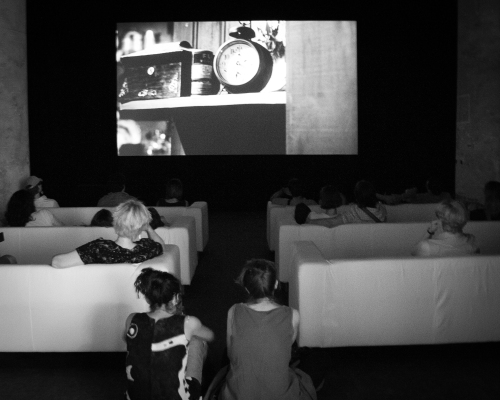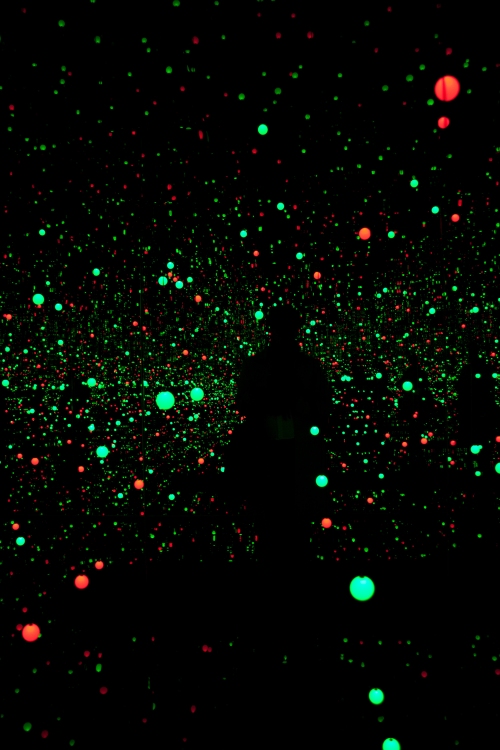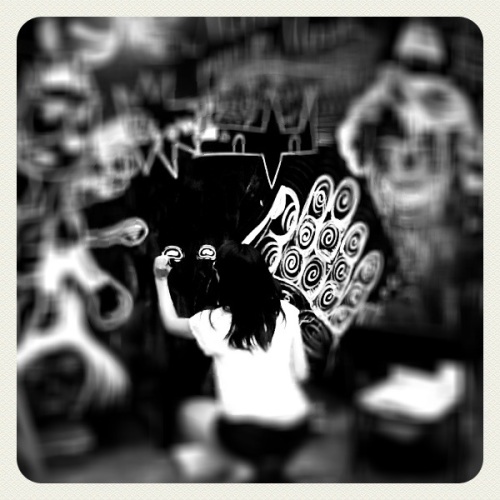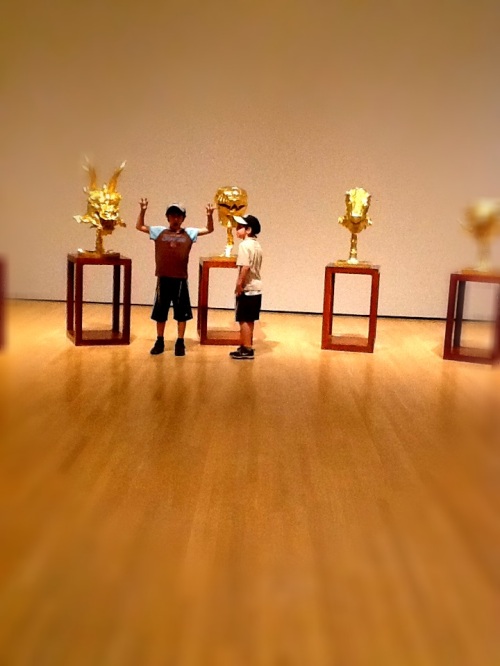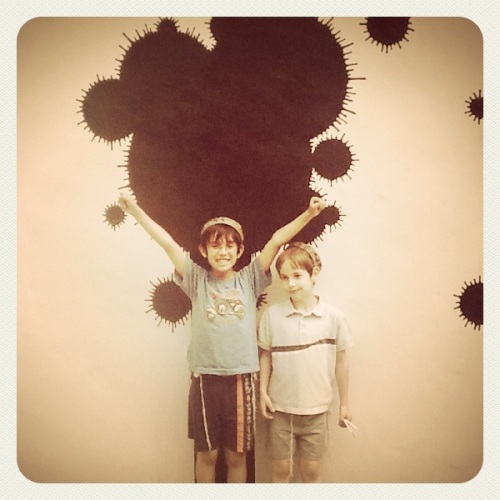The Clock
If I was in New York this weekend, I’d be going to see Christian Marclay’s video piece ‘The Clock’ at Lincoln Center. I watched about an hour’s worth last summer at the Venice Biennale, and even though I’d read about the central conceit of the piece several times–Marclay collages 24 hours worth of film, with a clock or some explicit time cue in each fragment, so that you move in real time through the history of cinema and through a patchwork meditation on time’s meaning and passage–but somehow I still experienced that shock of recognition, the uncanny sync of the time on my wrist and the time on the screen. The piece is a miracle of editing and a weirdly intoxicating experience. As the screen faded out a very young Denzel Washington and then faded in Paul Newman it struck me how much our time is the time of celebrity; the faces of certain actors bring back entire phases of my life, like a Proustian madeleine consisting of dated haircuts and half-forgotten names.
I have this bad habit of being prematurely elegiac (umm, hello new Mirror?). That means that even though it is still July, I already have a bloodhound sense of summer fading. Really, I’m happiest in the period right before the summer solstice, when we haven’t yet reached the very longest day. Everybody tells you that when you have children time passes more quickly, and what I remember best about Zadie Smith’s article on ‘The Clock’ from last year is her envy at all the childless gallery-goers who can stay and watch all night. Time passes faster now.
I’ve also been watching a lot of Louis CK, who is the Rembrandt of comedy in that his great subject is aging and the decay of the flesh. He talks about his kids all the time, and their innocence and youth is the counterpoint to his cynicism and age. B. turned ten this year, a thing I cannot say without incredulity. Youth belongs to him, but I don’t mind. A friend of mine just bought a house with a running track behind it. He says he is going to run there with his daughter. She’s small now, and he’ll give her a head start, so that they reach the end of the track at the same time. As the years go by the gap will narrow, until she gives him a head start because he can’t keep up with her. Being a parent means you kind of like it when your children eclipse you. Look, they’re passing us already.
But sometimes it’s just good to feel like time is standing still, so after I saw ‘The Clock’ during my imaginary New York weekend I would head over to see the Yayoi Kusama exhibit at the Whitney. I’d never heard of her when I stumbled into a mirrored, dark cubicle in the basement of the Louisiana museum outside of Copenhagen last spring. Colored lights hung from the ceiling, and they were reflected in endless recursion in the mirrored walls and the shallow pools on either side of a narrow walkway. In all that light, my body was the shadow. The piece is called ‘The Gleaming Lights of the Souls’ and it is at once melancholy and exhilarating. I stayed in there for a long time, and people kept stumbling inside, taking a deep breath, and standing in wonder. There’s a similar piece at the Whitney, called ‘Fireflies on the Water.’ Apparently the Whitney has a strict one-minute rule about staying in the cubicle, which is too bad. No one should interrupt you while you’re communing with infinity.

